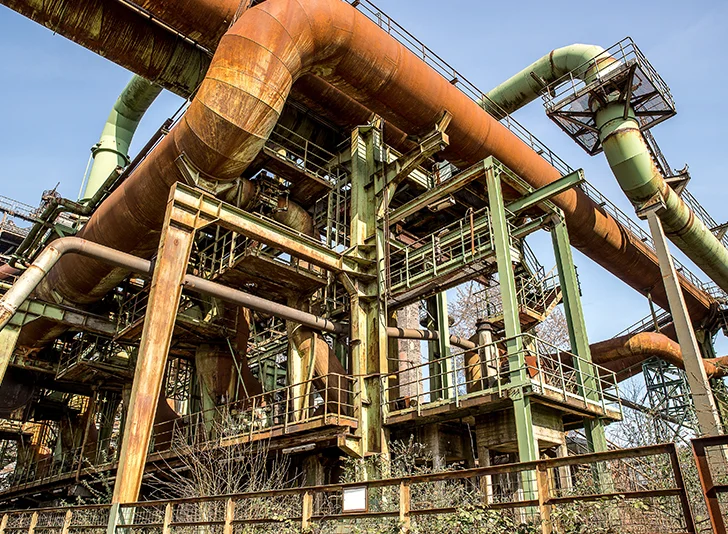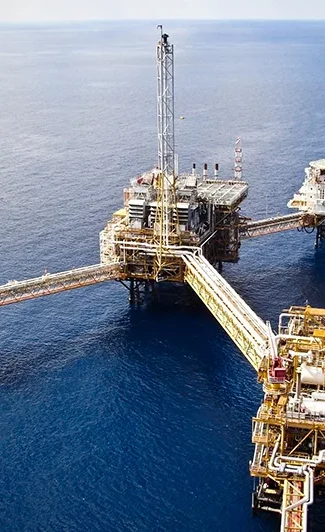
- November 20, 2023
- 0 Comments
How FERC Crude Oil Pipeline Tariffs Increased Again and How They Affected the Producers and Shippers
Crude oil pipelines are the essential infrastructure that transport crude oil from the producing regions to the refining or exporting markets in the U.S. Crude oil pipelines are regulated by the Federal Energy Regulatory Commission (FERC), which oversees their rates, tariffs, and services. FERC allows some crude oil pipelines to adjust their rates annually, based on an index formula that reflects the changes in the industry costs and the inflation. The index formula is calculated by FERC every year, using the data from the Producer Price Index for Finished Goods (PPI-FG) and the data from the FERC Form No. 6, which is the annual report that the pipelines submit to FERC.
On July 1, 2023, FERC announced the index rate for the crude oil pipelines for the period from July 1, 2023, to June 30, 2024, which was 13.1%. This means that the crude oil pipelines that use the index method can increase their rates by up to 13.1% in the next year, subject to some conditions and limitations. This was the largest increase in the index rate since FERC initiated its current methodology in 1992, and it followed the previous increase of almost 9% in 2022. In today’s blog, we will explain why the index rate increased so much, and how it affected the producers and shippers of crude oil in the U.S.
The main reason for the increase in the index rate was the increase in the PPI-FG, which is a measure of the average change in the prices of finished goods in the U.S. The PPI-FG increased by 10.8% in 2023, compared to 1.2% in 2022, and -0.4% in 2021. The increase in the PPI-FG was driven by the increase in the prices of various commodities, such as energy, metals, chemicals, and plastics, which reflected the recovery of the global demand and supply after the COVID-19 pandemic, as well as the supply chain disruptions, the labor shortages, and the inflationary pressures. The increase in the PPI-FG was also amplified by the decrease in the FERC Form No. 6 data, which is a measure of the average change in the costs of the crude oil pipelines in the U.S. The FERC Form No. 6 data decreased by 0.7% in 2023, compared to 2.8% in 2022, and 4.4% in 2021. The decrease in the FERC Form No. 6 data was due to the decrease in the operating expenses and the depreciation expenses of the crude oil pipelines in 2023, which reflected the cost-cutting measures and the asset impairments that the pipelines implemented in response to the low oil prices and the COVID-19 pandemic.
The increase in the index rate had different impacts on the producers and shippers of crude oil in the U.S., depending on the type and the location of the crude oil pipelines that they use. The producers and shippers of crude oil that use the crude oil pipelines that apply the index method had to pay higher rates and tariffs for their crude oil transportation, which reduced their netback and profitability. However, not all crude oil pipelines use the index method, as some of them use the cost-of-service method, the market-based method, or the settlement method, which have different rules and procedures for setting their rates and tariffs. For example, the Dakota Access Pipeline (DAPL), which is the largest crude oil pipeline out of the Bakken, uses the settlement method, which means that its rates and tariffs are based on the agreement between the pipeline and its shippers, and are not affected by the index rate. Therefore, the producers and shippers of crude oil that use DAPL did not face any increase in their rates and tariffs in 2023.
The increase in the index rate also had different impacts on the producers and shippers of crude oil in different regions, depending on the availability and the accessibility of the crude oil pipelines and the alternative modes of transportation, such as rail or truck. The producers and shippers of crude oil in the regions that have sufficient and diverse crude oil pipeline capacity, such as the Permian Basin, the Eagle Ford Shale, and the Gulf Coast, had more options and flexibility to choose the best and the cheapest route for their crude oil transportation, and to avoid or minimize the increase in their rates and tariffs. However, the producers and shippers of crude oil in the regions that have limited or constrained crude oil pipeline capacity, such as the Bakken Shale, the DJ Basin, and Western Canada, had fewer options and flexibility to choose their crude oil transportation, and had to pay higher rates and tariffs or use more expensive modes of transportation, such as rail or truck.
In conclusion, the FERC crude oil pipeline tariffs increased again in 2023, by up to 13.1%, due to the increase in the PPI-FG and the decrease in the FERC Form No. 6 data. The increase in the tariffs affected the producers and shippers of crude oil in the U.S., depending on the type and the location of the crude oil pipelines that they use. The increase in the tariffs reduced the netback and the profitability of the producers and shippers of crude oil, especially in the regions that have limited or constrained crude oil pipeline capacity. The increase in the tariffs also affected the dynamics and the relationships of the various crude oil benchmarks, such as WTI, Brent, WCS, and MEH, as it influenced the transportation cost and the market conditions of the crude oil. The increase in the tariffs is an important factor that the oil and gas industry needs to monitor and understand, as it affects their costs, revenues, margins, and risks.


